Four myths about electric vehicles and the prairies.
Electric vehicles are still a rare sight on our roads due to the perceived lack of infrastructure, a reputation for being restrictive, limited model options and a price point that the general population simply couldn’t justify. But new generations of hybrid and electric vehicles are hitting the road every day and taking everything we thought we knew about travel on the prairies and electrifying it.
Myth #1: Lack of infrastructure.
For years the prairie provinces did not have the infrastructure to maximize the advantages of driving an electric vehicle. But now, thanks to innovative programs such as “Peaks to Prairies”, a network of fast electric vehicle charging stations is spreading across Western Canada.
A typical 50 kW DC rapid charger can charge your vehicle from 0-80% charge in just 85 minutes. Because your vehicle will very rarely be charged from zero, with a little extra planning, your travel plans do not need to suffer when you drive an electric vehicle. Think of it as an excuse to make time for a snack! Pull up, plug in, then go enjoy yourself. Check out Plug Share to see a map of the chargers near you.
As far as your daily commute goes, every home is equipped for an electric vehicle because all electric vehicles come standard with a Home Charging Cable compatible with any domestic socket. Charging rates via a Home Charging Cable are easily sufficient to cover the average daily commute. Can you imagine waking up every morning with a full tank of gas? This is the new reality in an electric vehicle with the plug of a cable.
Once plugged in, the vehicle will automatically stop charging when it reaches full charge. The charging system is fully self-contained so it’s safe to charge the vehicle in the rain, or even when parked in snow.
Myth #2: Restrictive range.
For too long, drivers thought electric vehicles do not possess the range to make them feasible on the prairies, but this too is becoming old news. One charge is all a premium vehicle like the Jaguar I-Pace needs to travel an impressive 377 km, and the Hyundai Kona Electric can get an incredible 415 kms! Visit Plug Share and to see how accessible Saskatchewan is becoming for electric vehicles.
Myth #3: Limited model options
Nearly every major vehicle manufacturer, from premium to pedestrian, has introduced or is in the process of rolling out a fully electric or hybrid vehicle into their lineup or is in the process. Here are some examples:

Photo credit: Audi Ireland.
Audi E-tron soon to be available at Audi Saskatoon.
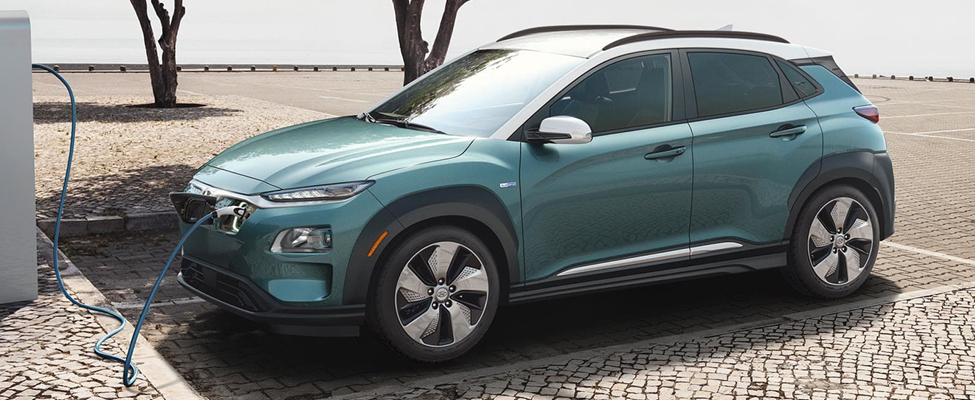
Photo credit: Hyundai Canada.
Hyundai Kona Electric available on request from Lakeland Hyundai.
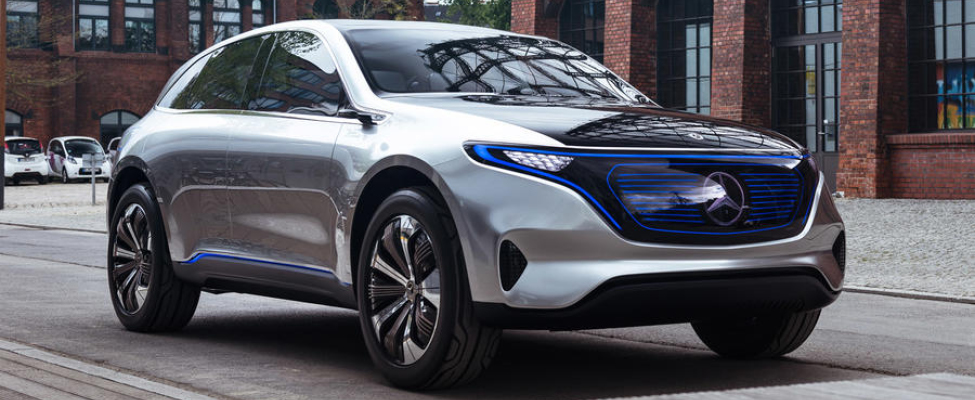
Photo credit: Autocar.
Early registration is available for the Mercedes-Benz EQ at Mercedes-Benz Saskatoon.
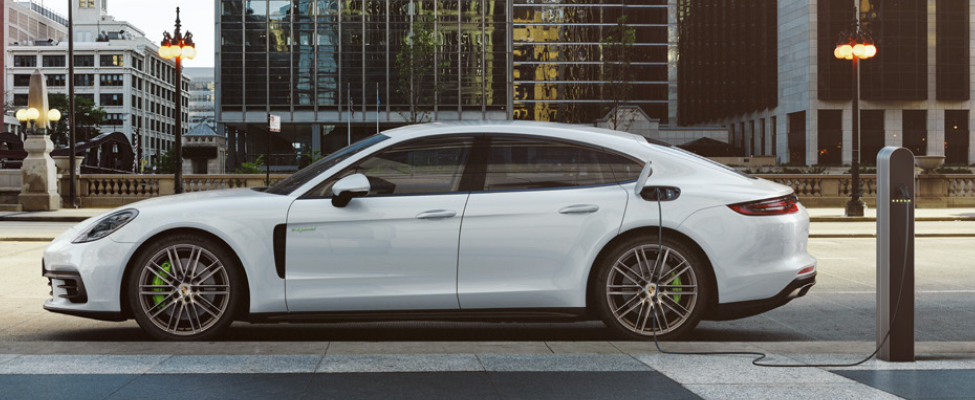
The E-Hybrid Panamera is available at Porsche Centre Saskatchewan.
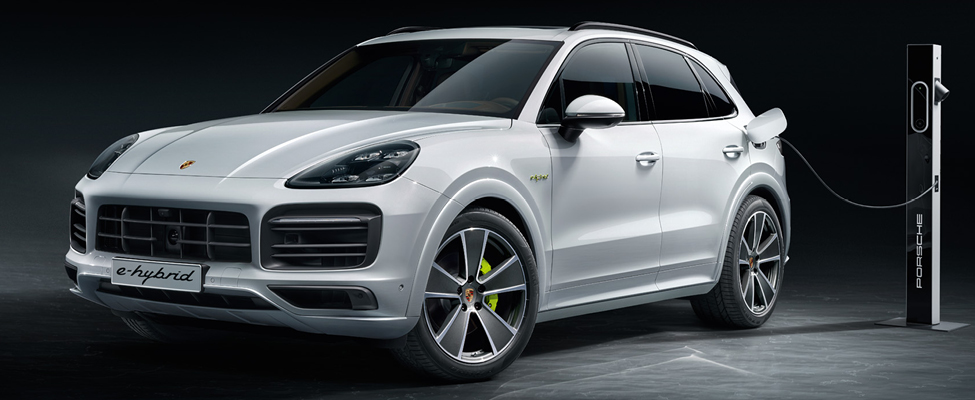
Porsche Centre Saskatchewan offers the best-selling Cayenne in an E-Hybrid trim.
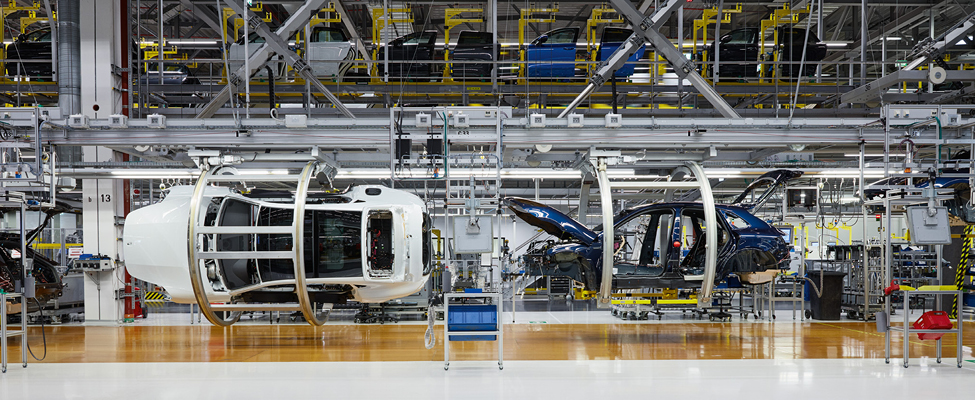
Reserve a fully electric Porsche Taycan today.
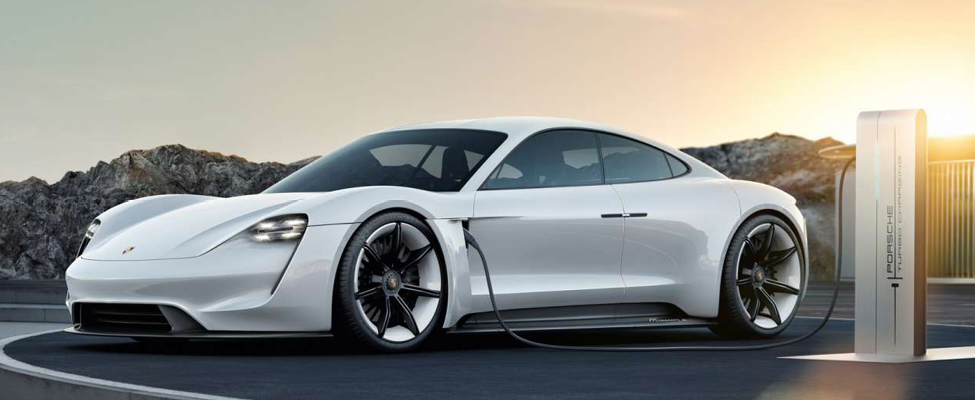
Production is set to begin on the fully electric Macan in 2020.
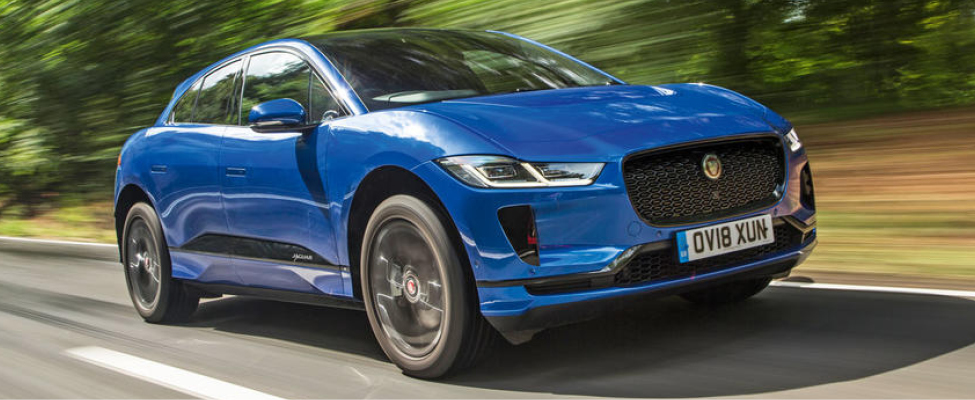
Jaguar I-Pace available at Jaguar Saskatoon.
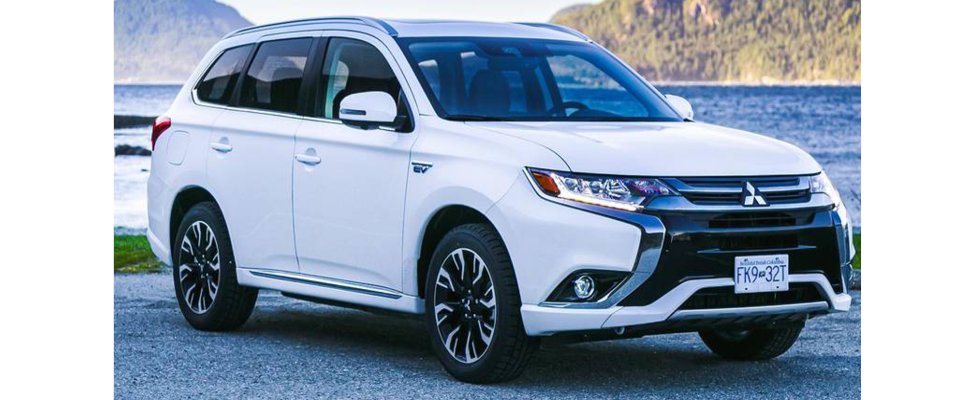
Photo credit: Telegram.
Mitsubishi Outlander Hybrid available at Mitsubishi Saskatoon.
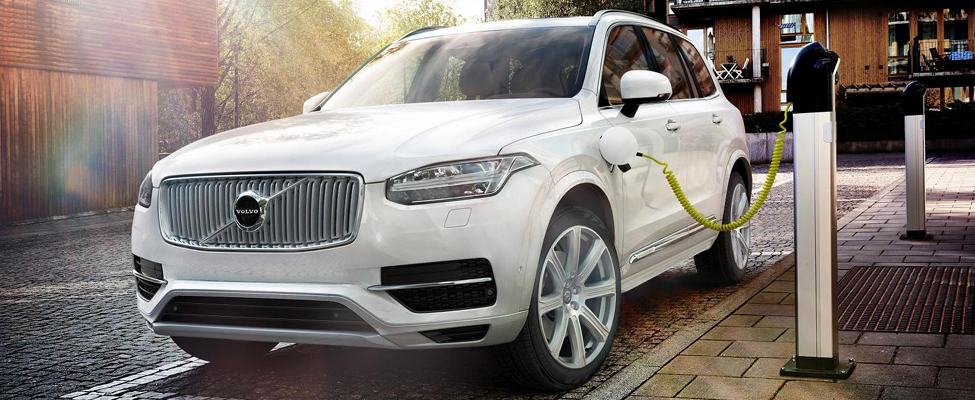
Photo credit: Motor1.com
Volvo Hybrid XC90 available at Volvo Cars Saskatoon.
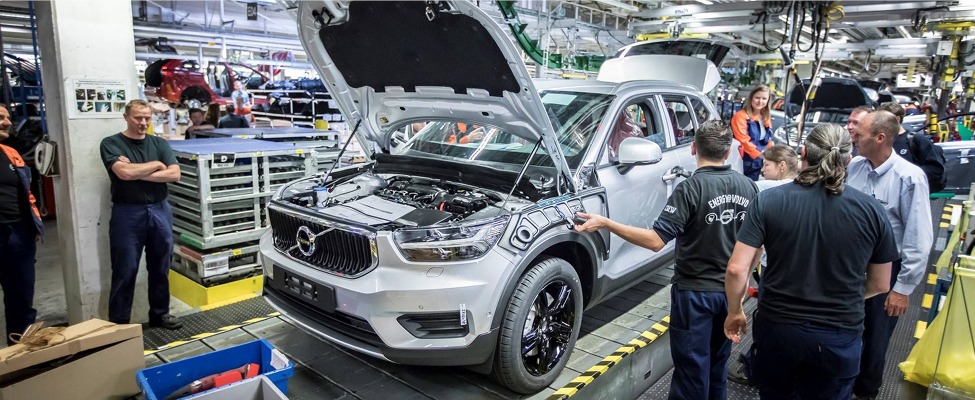
Photo credit: Autorevolution.com
A fully electric Volvo XC40 will be ready to hit the streets in 2020.
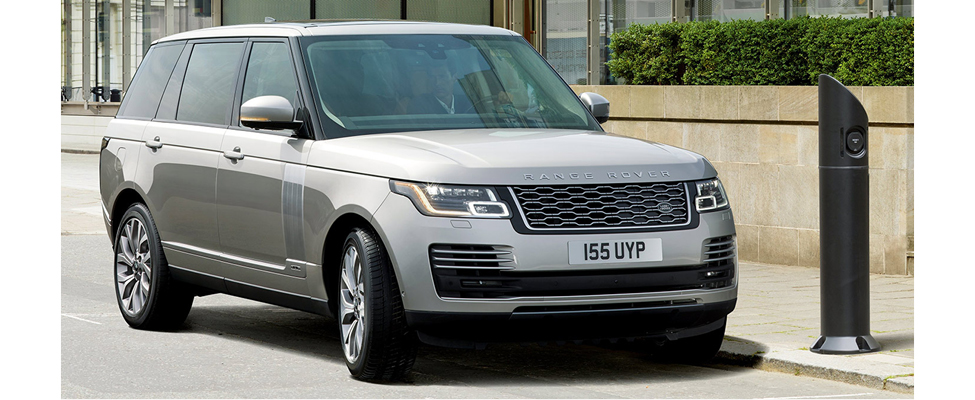
Photo credit: Sunday Times Driving.
Range Rover PHEV available on request from Land Rover Saskatoon.
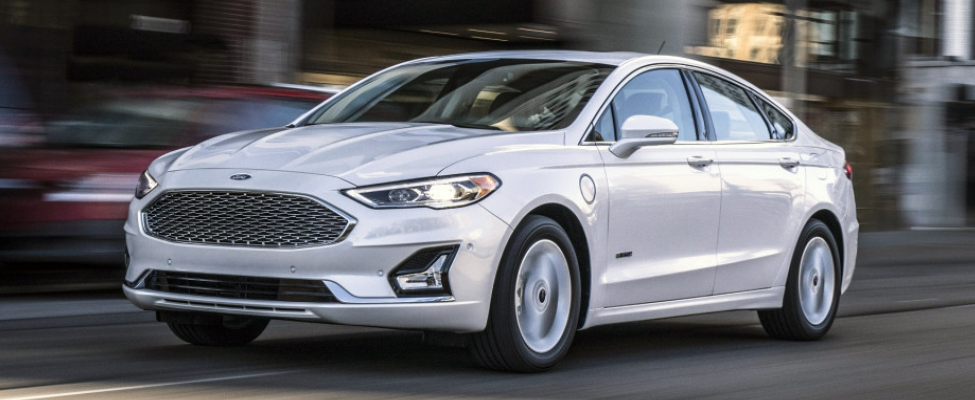
Photo credit: TheCarConnection.com
Ford Fusion available on request from Jubilee Ford and Lakeland Ford.
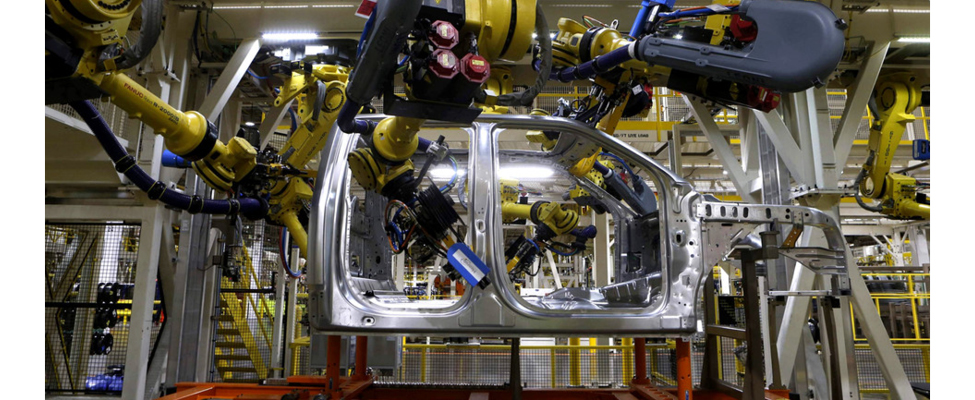
Photo credit: Jay, Barry, Chuck’s, OM Blog.
Hybrid and fully electric Ford F-150’s are currently in development.
Myth #4: Outrageous price point
The prohibitive cost of an electric vehicle have discouraged prairie drivers for years. Thankfully, technology has advanced and prices have dropped making electric vehicles much more affordable. For example, a Hyundai Kona Electric could be yours for the same cost as an averager compact SUV but you are also eligible for up to $5,000 in incentives from the Canadian government.
Electric Mobility Canada estimates that there are 208 electric vehicles in Saskatchewan, putting us just above New Brunswick, Newfoundland and Prince Edward Island. Gradually, that number is growing. Electric vehicles sales doubled in the first quarter of 2019 according to Electric Mobility Canada and they’re expecting that number to double again in the second quarter.

As we’ve seen, electric vehicles are becoming more and more ‘prairie friendly’. The future for electric vehicles on the prairies is definitely bright.





